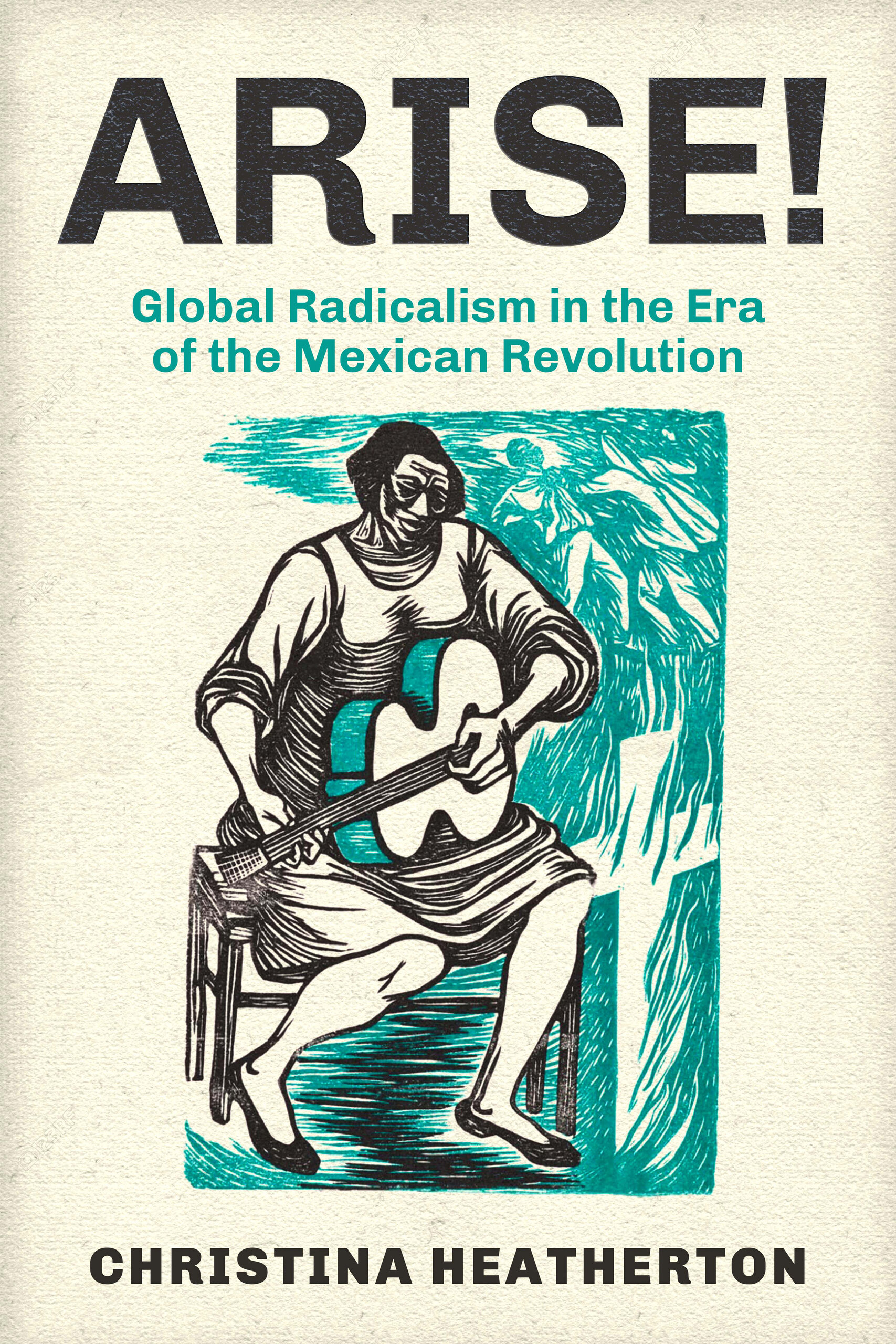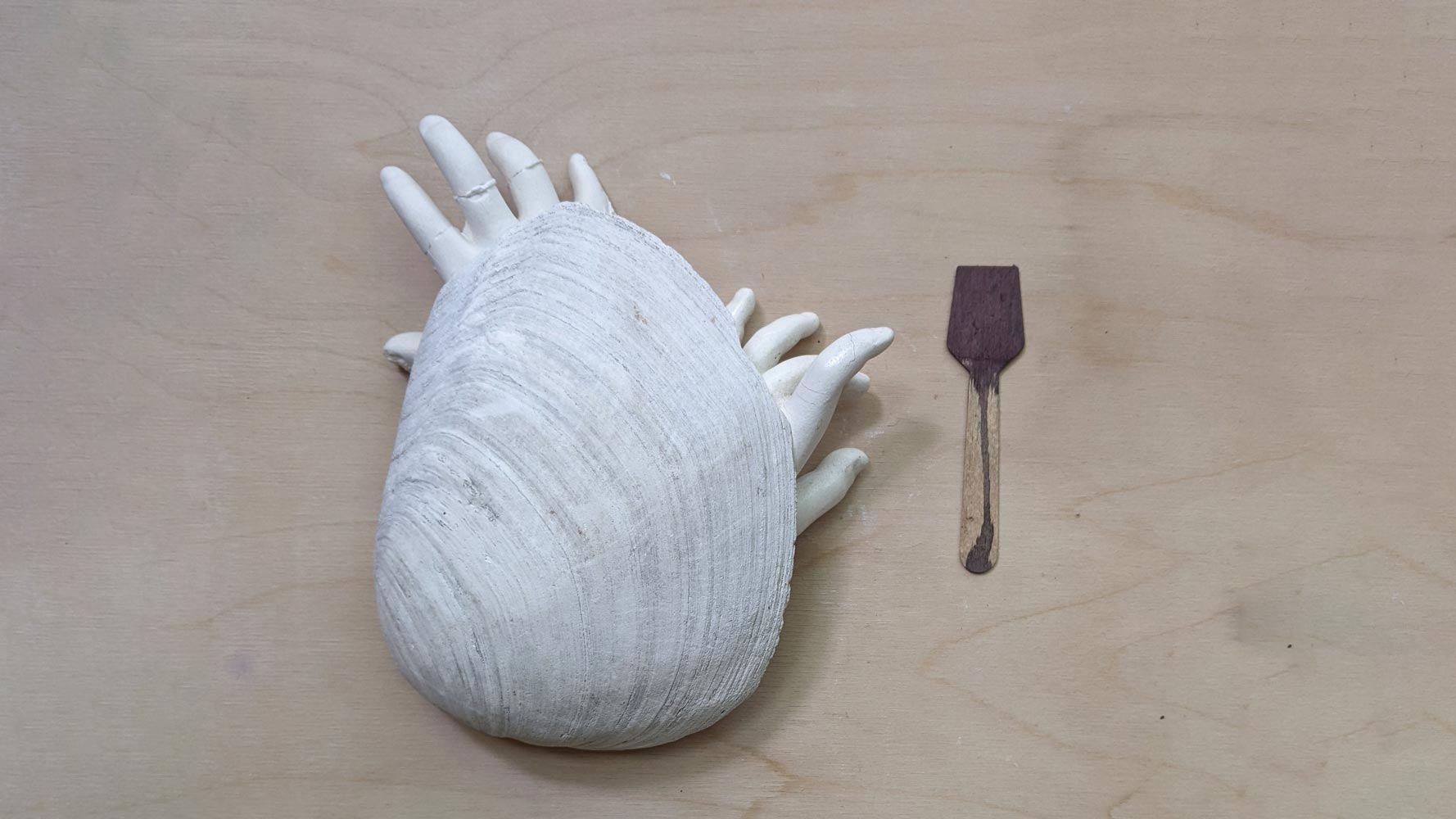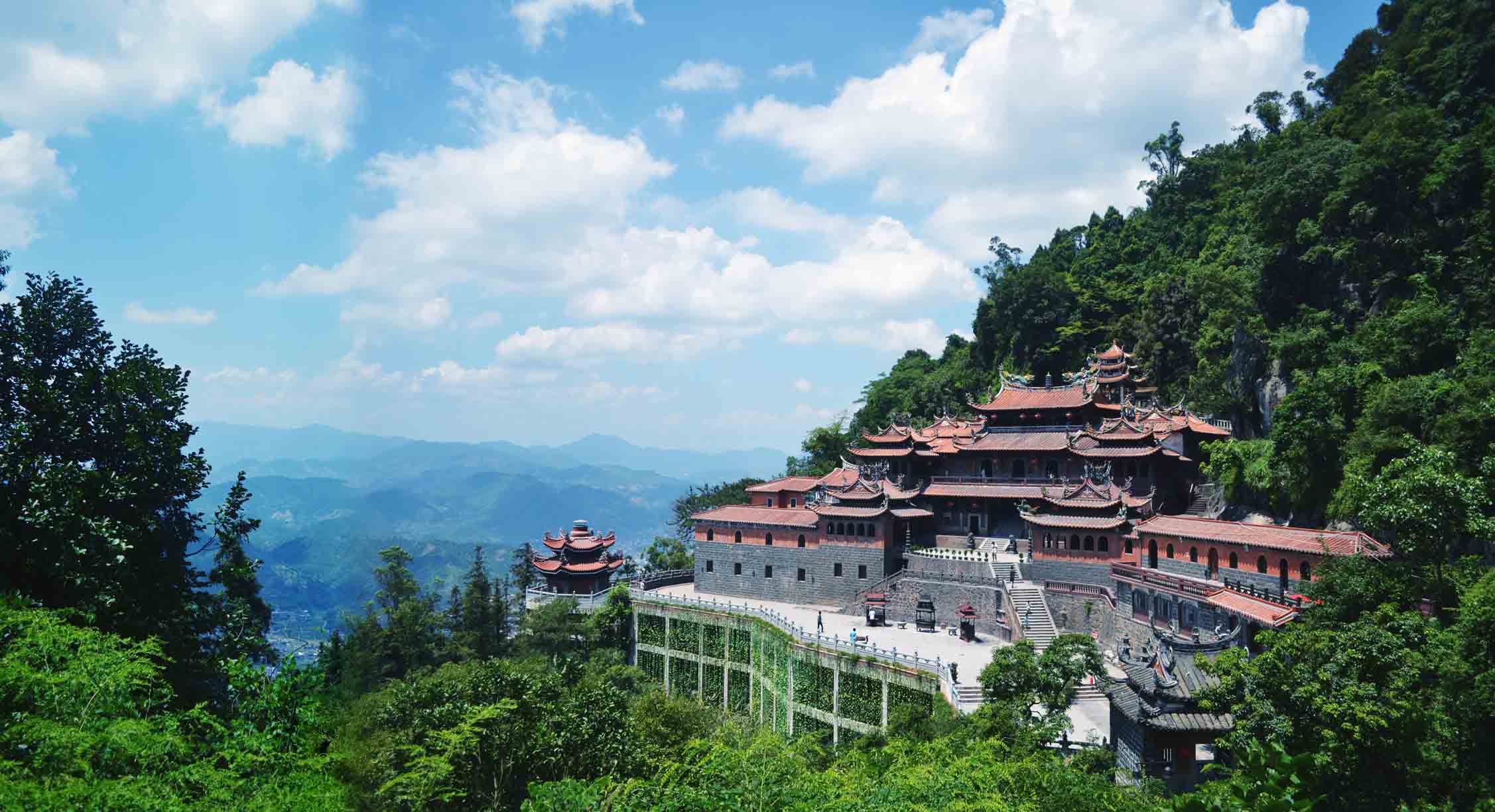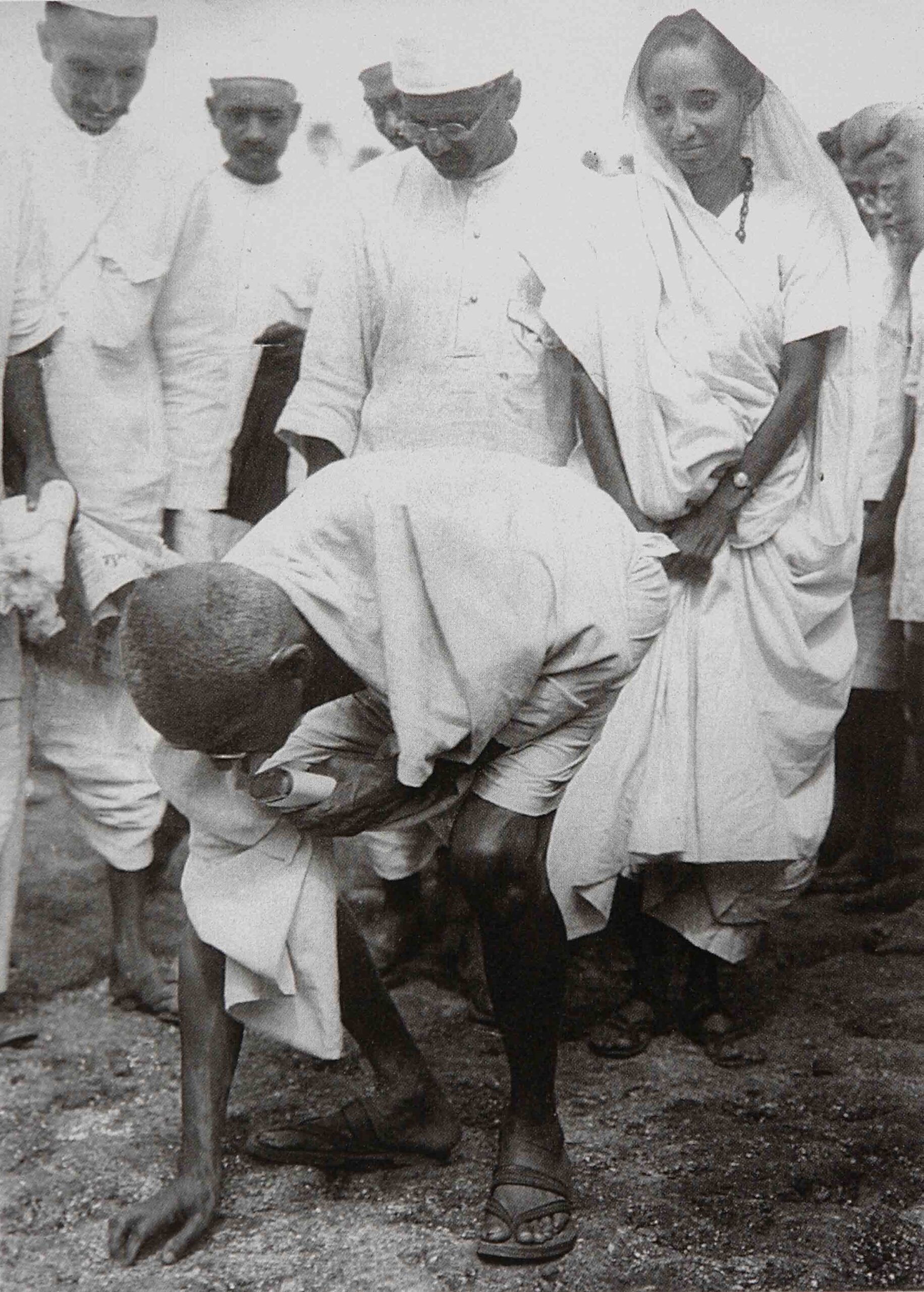
The 1917 Bolshevik Revolution in Russia is touted as the first radical revolution of the 20th century by those who have forgotten that the Mexican Revolution of 1910 preceded it by seven years. Moreover, the Mexican Revolution played out not on the continent of the “Enlightenment” but in the Americas, where European colonizers had crushed Indigenous powers such as the Aztec Empire in Mexico.
Both revolutions had far-reaching repercussions, but the Mexican revolution inspired international progressive movements in unexpected, and some say romantic, ways.
While the Russian Revolution toppled the Tsarist regime in a country with a long feudal history, the Mexican Revolution broke the back of a 40-year dictatorship in a country that had freed itself from the Spanish yoke in 1810, only to be briefly subjected to the bumbling rule of a Hapsburg emperor. Both revolutions had far-reaching repercussions, but the Mexican revolution inspired international progressive movements in unexpected, and some say romantic, ways. Christina Heatherton, Elting Associate Professor of American Studies and Human Rights at Trinity College, Connecticut, delves into this fascinating history brilliantly.
Heatherton introduces her book by explaining the rise of international capital through the production and sale of henequen. This sturdy fibre was produced in Mexico and used in the manufacture of rope strong enough to moor a ship or to sustain the weight of a man hanged under Jim Crow laws. This strategic commodity exemplifies the internationalization of capital, which in turn led to “a decidedly internationalist consciousness.” Such working-class consciousness was being proclaimed loud and clear in Spanish, English, Yiddish, Russian, Polish and Italian. Its echoes reverberated all the way from Mexico to Leavenworth Federal Penitentiary in Kansas, where Mexican anarchist Ricardo Flores Magón died after having demanded “land and freedom,” the radical aim of the Mexican Revolution.
The author profiles other examples of working-class internationalism linked to Mexico, such as Alexandra Kollontai, an important figure mostly remembered in history as a radical feminist. Her appointment as Soviet Ambassador to Mexico was swiftly curtailed by Soviet officials, probably because she truly advocated free love and pacifism.
John Reed was an American journalist known to many as the author of Ten Days that Shook the World (1919). His sojourn in Mexico was deeply transformational: he had gone down to cover the Mexican Revolution and ended his days buried in the Kremlin Wall Necropolis, which honoured prominent communists.
Black American Elizabeth Catlett was a cultural revolutionary born in Washington five years after the onset of the Mexican Revolution. She fell in love with Mexico, where she taught art and stayed on until her demise at the age of 96.
Other important historical figures inspired by the Mexican Revolution were M.N. Roy, an Indian freedom fighter who founded the Mexican Communist Party, and Shinsei Kochi, a migrant worker organizer from Okinawa. Artists and committed communists like Diego Rivera and Frida Kahlo need no introduction.
Through these and other profiles, Arise! makes a case for history to recognize the pivotal role played by the Mexican Revolution in inspiring a radical social movement toward equity and peace, which is hopefully making a comeback in the 21st century. Christina Heatherton’s insightful, inspiring and thoroughly researched book deserves our close attention and study.








Hi Ms Khankhoje,
I have been trying to locate you in relation to a permission related to publishing a photo of your father who features in my biography of Octavio Paz, titled ‘The Tree Within: Paz and India’ (Penguin Random House). The book will come out in Oct-Nov and I am trying to get hold of high-res images and permissions at the earliest. Could you kindly contact me on email so that we can take this further?
Regards,
Indranil